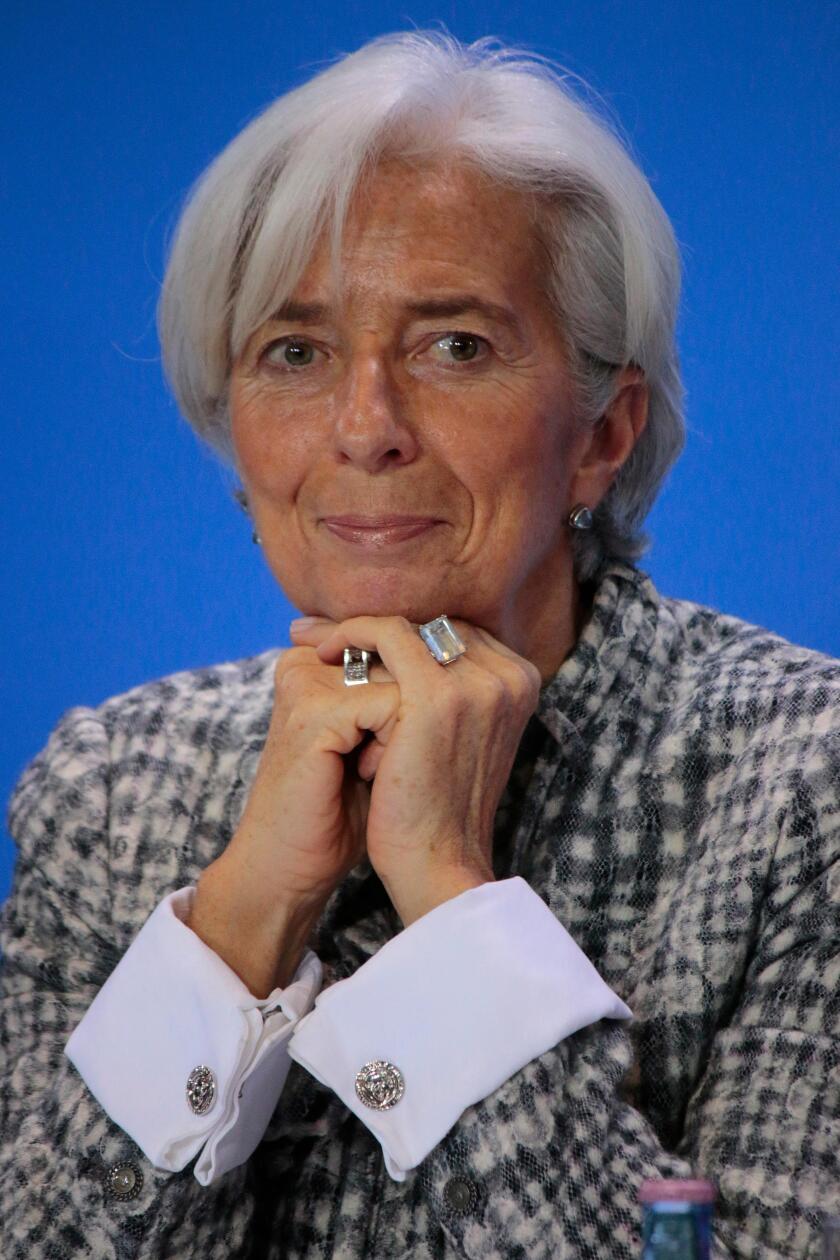The ECB is digging through its toolbox. This week, “ECB sources” floated the idea of a purchase programme divorced from the capital key. That would allow the ECB to buy as many or as few of a country’s bonds as it deemed necessary to manage spreads. The benefit would be that it could achieve the same stabilising effect with a fraction of the purchases.
It would be a huge step — so big, in fact, that it is extremely unlikely to take place.
The ECB has so far maintained an even-handed approach with its purchase programmes, buying the amounts dictated by the capital key with only small and brief deviations. To abandon that approach, using its power to affect sovereigns’ cost of funds at its discretion, would expose it to allegations of favouritism.
The only possible way around these would be to pursue a policy of explicit yield curve control, meaning that its purchases would be systematised in advance, indemnifying the ECB from accusations of corruption.
The ECB has rejected such policies in the past, preferring to keep its hands as free as possible by pursuing vague aims like “ensuring favourable financing conditions” as assessed by its “series of indicators, looking at the upstream, the downstream in a holistic way”.
Simply guaranteeing a BTP/Bund spread of less than 100bp, or whatever the ECB deems appropriate, is not likely to be a strategy ECB president Christine Lagarde looks upon fondly.
Nor should she. Backstops like that are essentially opportunities for trading desks to make money from the ECB as a forced purchaser.
The ECB’s support is not in doubt. It is clear that its own rules can be changed and discarded in order for it to fulfil its main goal: keeping its members solvent, with access to capital markets. And what’s wrong with that? Every other country in the world knows it can’t default on debt denominated in a currency for which it owns the printing presses. The ECB is simply extending that confidence across the eurozone.
The good news is that it can do that in more subtle and elegant ways than yield curve control. Confidence is what matters. Time and again, the market has reacted simply to ECB guidance. Periphery sovereign curves tightened on the announcement of the Pandemic Emergency Purchase Programme, long before it purchased anything.
Lagarde’s predecessor Mario Draghi’s words are still echoing. But their meaning has expanded beyond the remit of protecting the euro itself. Now we trust that the ECB will keep its members afloat — whatever it takes.






